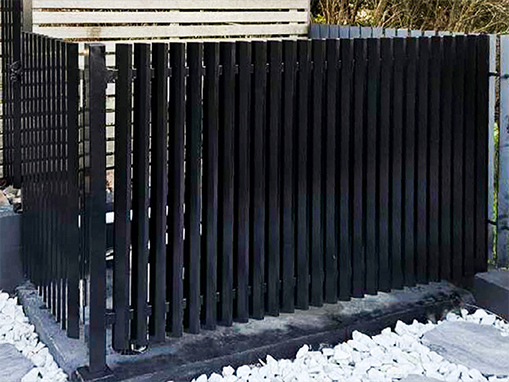A Guide to Water Wellness: Understanding the Difference Between Spring Water, Purified Water, and Tap Water

Water is the essence of life, a fundamental component of our existence and a cornerstone of our health. We are constantly reminded to stay hydrated, yet the choices available to us in our pursuit of water wellness can be surprisingly complex. The beverage aisle at any store presents a dizzying array of bottled options—labeled spring water delivery Las Vegas, purified, and mineral—while our homes offer the seemingly simple choice of water straight from the tap. Understanding the fundamental differences between these sources is crucial for making informed decisions about our hydration, our health, and even our environmental impact.
Beyond the marketing claims and the convenience of a bottle, each type of water carries a unique story of origin, processing, and mineral content. This guide aims to demystify these options, empowering you to choose the best water for your needs and to appreciate the vital liquid in a more conscious way.
Tap Water: The Everyday Essential
Tap water, or municipal water, is the water that flows directly from our faucets. Its journey is a complex one, beginning from sources like rivers, lakes, and reservoirs, and undergoing a rigorous treatment process at a municipal water facility. This treatment is designed to make the water safe for human consumption, a process that typically involves filtration, disinfection with chlorine or chloramine to kill bacteria and viruses, and sometimes the addition of fluoride for dental health.
The quality of tap water is a heavily regulated matter, subject to stringent standards set by public health organizations. It is constantly monitored for contaminants, and public reports are often available to consumers. The primary advantage of tap water is its convenience and cost-effectiveness. It is a readily available, cheap, and generally safe option for drinking, cooking, and sanitation.
Spring Water: Nature’s Own Filtration
Spring water is characterized by origin: it has to be gathered out of an underground structure in which water flows out of the ground on its own. This water has often been filtered naturally through layers of rock and soil, a process that can infuse it with a unique blend of minerals. The mineral content of spring water is not added; it is a direct reflection of the geological formations it has passed through.
The appeal of spring water lies in its natural origin and its distinct, often crisp, taste. It is seen as a more “pure” or “natural” alternative to tap water. Bottled spring water is subject to regulations that ensure it comes from a legitimate spring and is not significantly altered during the bottling process, beyond what is necessary to make it safe for drinking. It is not necessarily cleaner than tap water, but its unique mineral profile and often pleasant taste are what make it a popular choice.
Purified Water: Engineered for Purity
Although one of the definitions of spring water is that it has a natural content, the absence of it defines purified water. Purified water originates either at groundwater level or a municipal supply, and has been subjected to processing so that near all of its total dissolved solids (TDS), and other impurities have been removed.
The aim of this processing is to obtain water as close as is possible to H2O. This causes it to not have any flavor as a result of not having a taste of chlorine as seen with tap water or being mineral-laden like spring water. It appeals to flavor-sensitive people or anyone who prefers to be sure that he is drinking the cleanest liquid possible to drink.
Making the Right Choice for Your Water Wellness
Choosing between these three types of water ultimately comes down to a balance of personal preference, health goals, and environmental consciousness.
For a reliable and budget-friendly option, tap water is the clear choice. For those concerned about taste or chlorine, a simple home water filter can often make a significant difference, offering a middle ground between the convenience of tap and the flavor of purified or spring water.





